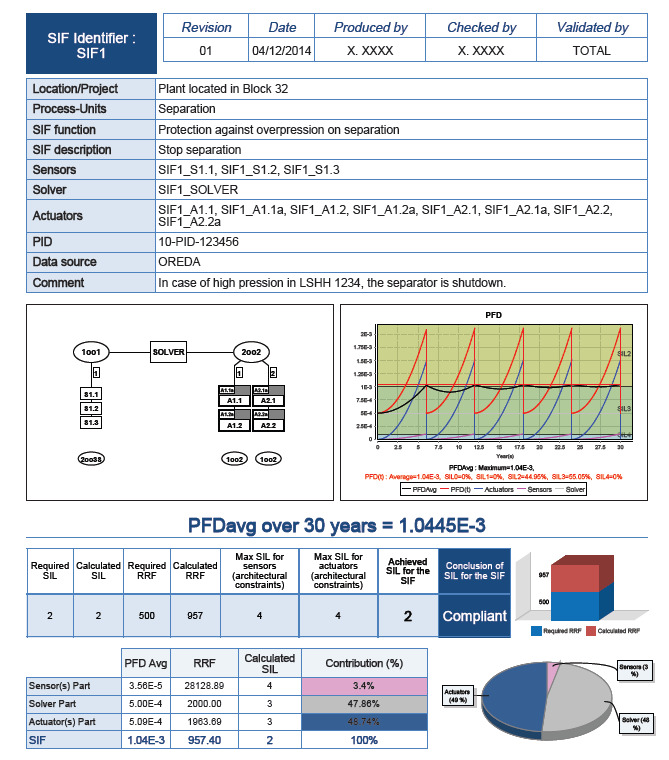
Certified by INERIS (The French National Institute for Industrial Environment and Risks), the SIL module, a SIL calculation software, is used to analyze, validate and optimize the design and maintenance of SIS (Safety Instrumented System) architectures.
Instrument technicians responsible for architecture design or SIS (Safety Instrumented Systems) maintenance can use this module to evaluate the SIL (Safety Integrity Level) of safety instrumented loops in line with IEC standards 61508 & 61511. The module is equipped with ALBIZIA, the Binary Decision Diagram (BDD) calculation engine developed by TotalEnergies, for performing precise analytical calculations.







